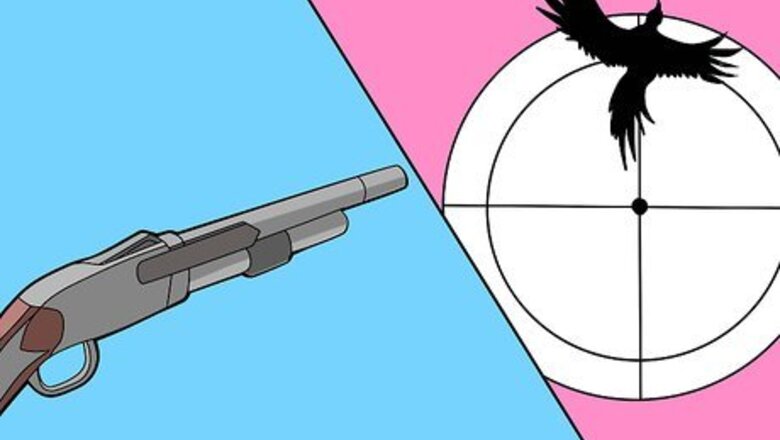
views
Learning the Rules
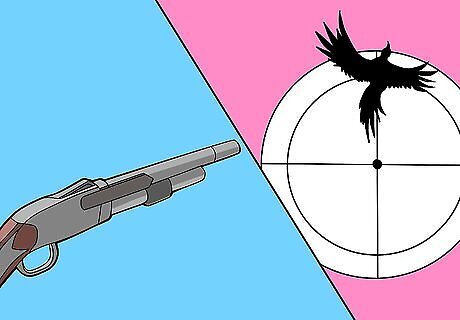
Know what you're shooting at. As in trap shooting, skeet shooting involves aiming at small clay targets that are launched through the air to simulate bird hunting. They're typically orange and typically about 4–5 inches (10.2–12.7 cm) in diameter. They're fired individually and simultaneously from two different points at each side of an arc of stations, where you'll rotate, firing between 2 and 4 shots at each target. A round of skeet involves 25 shots.
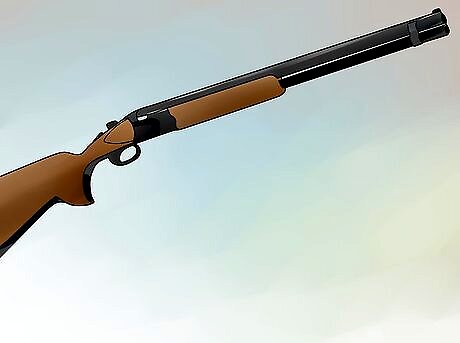
Use a skeet gun. Generally speaking, a skeet gun is an over-under double-barrel shotgun. Though any type of shotgun would be appropriate for the task of shooting skeet, this type of gun is often referred to as a "skeet gun" among experienced shooters for its accuracy and range. Consider adding relatively open chokes to improve your accuracy and ensure that you'll hit the target regularly. This is a common addition among experienced skeet shooters.
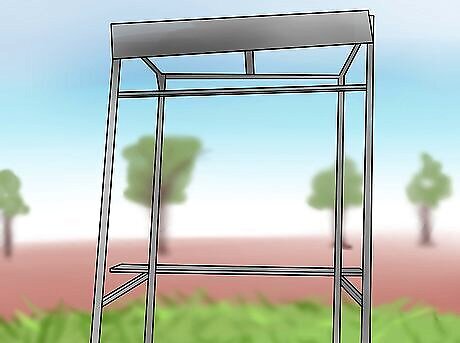
Learn the difference between the stations. When shooting skeet, you'll move between 7 different stations in an arc (21 yards from the target launch) and one point from slightly closer up. You're essentially aiming in the same general direction each time (down range) but you'll change your angle on the targets when you move from point to point. There are two traps which release clay targets from either side of the range, one low target and one higher target, both of which will cross your field of vision and your firing line. The object is to hit both of the targets.
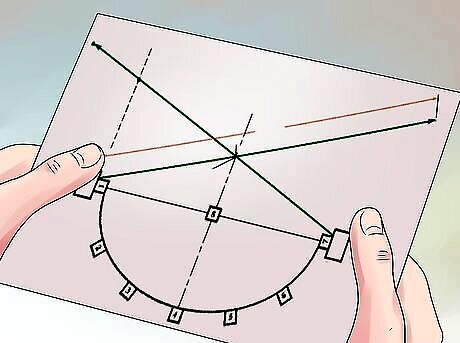
Learn the target pattern. The order of the targets being released changes from station to station. Generally, you'll only shoot one target from each trap, though this changes at different points along the way. Learning the pattern is part of the strategy of the event. At stations 1 and 2 a single target is released from the higher trap, then a single target is released from the lower trap (sometimes called "high house" and "low house"). Then, there'll be another target released from the low trap, and then targets released simultaneously. On the simultaneous release, the object is to shoot the higher target first. A total of four shorts will be taken at each station. At stations 3 through 5 a single target will be released from the higher target, then a single target released from the lower house, for a total of two shots at each station. At stations 6 and 7 The pattern is exactly the same as stations one and two. A high target, a low target, and then simultaneous targets. The only difference is that the lower target should be shot first this time. There will be a total of four shots taken at each of these stations. At station 8, the closer-up station, you'll shoot a high target and a low target. If you've not missed up until this point, there'll be a bonus shot on a target released from the lower house.
Shooting Accurately
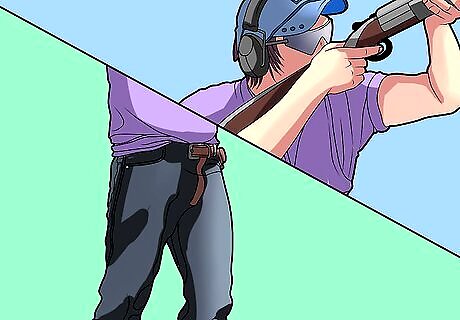
Get positioned. If you've never shot clay before, stand inside any one of 7 stations positioned equidistantly around a half-circle on one side of the skeet field, between the high and low houses and take a few practice shots to get used to the flight pattern of the targets. Practice to get a sense of their timing and their basic trajectory.
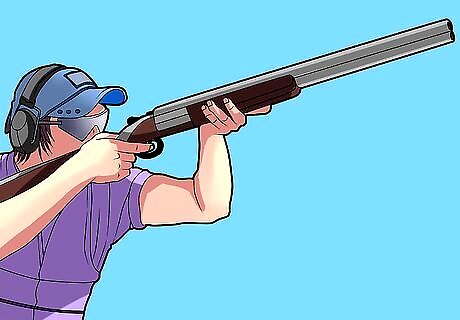
Assume the proper shooting stance. Facing the target, keep your back straight and spread your feet to a comfortable width. Bend your forward knee slightly and place your weight on your forward foot. Bring the gun to your shoulder and keep it tight in. Maintain good cheek weld on the stock and get a good sight picture with your gun.
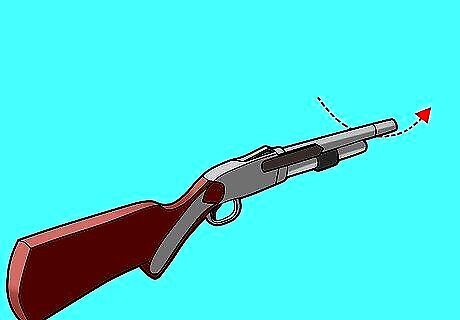
Practice swing the gun in an arc. As you mount the gun, practice tracking your shots with the safety on and the shotgun unloaded a few times to get a sense of the motion. The targets move pretty fast so it's no wonder that experienced shooters have to develop a fair amount of muscle memory to shoot well. It's got less to do with perfect "aim" and more to do with these mechanics. Once you've gotten your swing loose, it's time to shoot a few targets.

Learn to shoot ahead of the targets. Getting a sense of the trajectory and the lead you need to give each target will take some time, but once you've got it dialed in, you'll be winging 'em out of the sky. Adjust your lead time if you are missing the targets too often and move from one target to the next. Use your natural swing as much as possible to quickly track each target and squeeze the trigger.
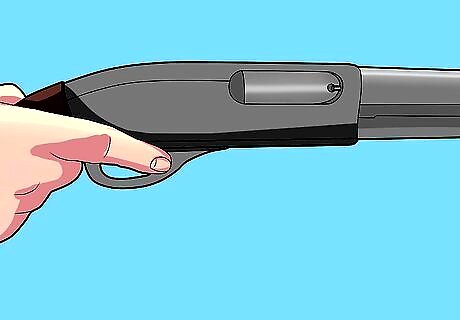
Follow through. Just as in golf and basketball, accurate target shooting like this involves a certain amount of follow through. Imagine that your swing is like an arc that you push a button on to start and pull the trigger to activation at some point along the way. The arc doesn't stop after you fire. Keep moving the gun through your swing after you pull the trigger, but remove your finger from the trigger when you're finished.
Taking the Next Step
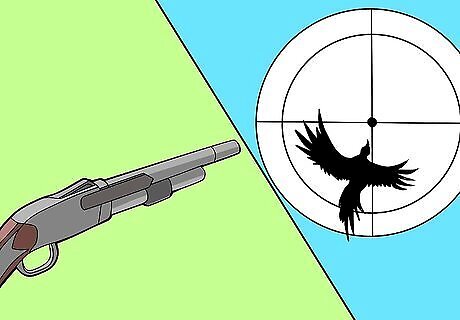
Join a local gun club. To get regular access to the club’s facilities, join a skeet club. There, you can meet other shooters, learn tips, and even start competing. Some clubs have skeet leagues you can join.

Join the National Skeet Shooting Association (NSSA). As an NSSA member, you’ll be able to shoot in registered tournaments, improving your accuracy and your scores, and even acquiring a ranking. The levels are generally classed at different skill levels, so you can compete against shooters with a similar handicap when you're first getting started. Don't worry about being the best yet. Focus on the mechanics and keep shooting and you'll eventually climb up.
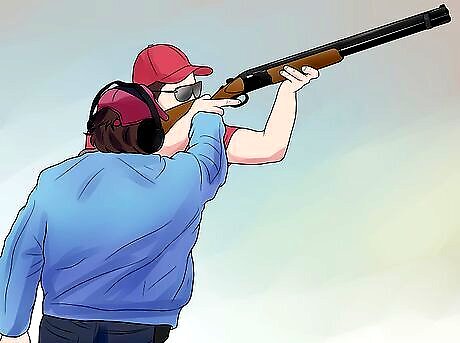
Consider skeet lessons. An experienced shooter can offer you helpful advice, critiques, and pointers to straighten that learning curve. As you improve, a coach can continue helping as you compete, kind of like a caddy does a golfer. Certified skeet-shooting instructors are an invaluable help when you're first learning.
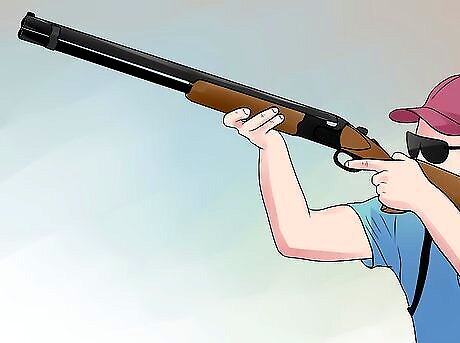
Keep shooting. Reading about it won't help you get any more accurate. Get out there. Shooting regularly will help build in the necessary muscle memory and get you shooting accurately. After a while, it'll be raining clay.

















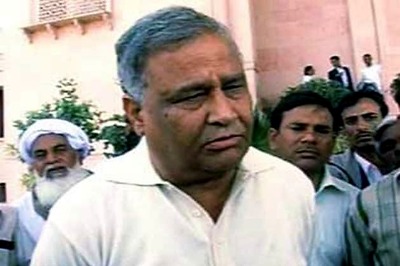


Comments
0 comment